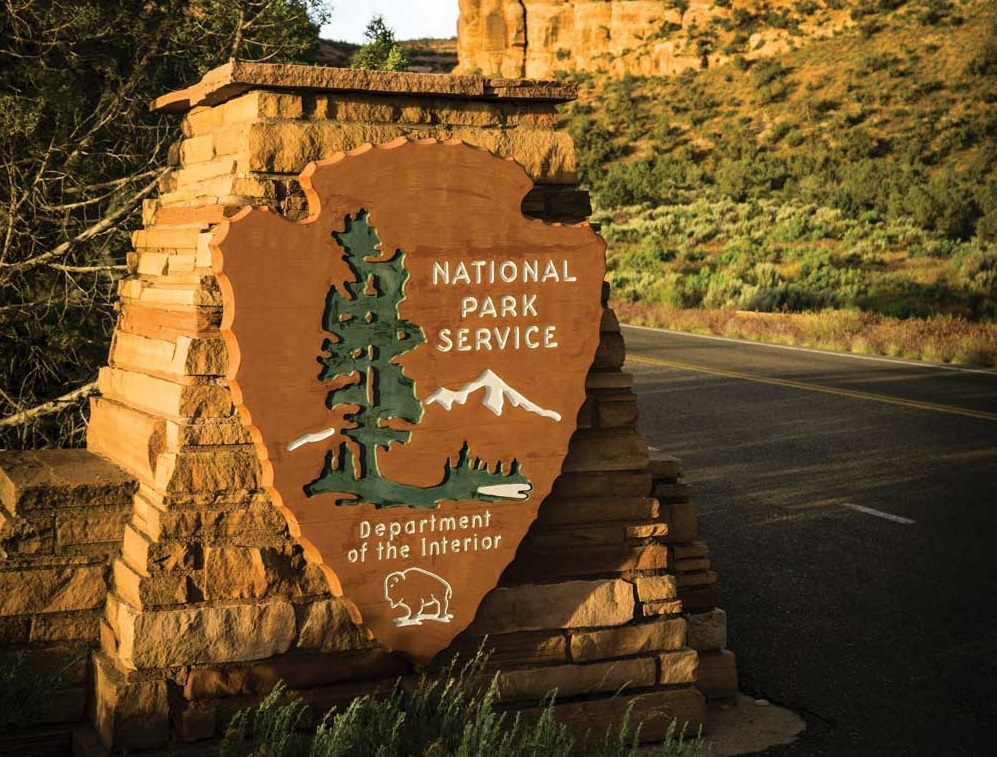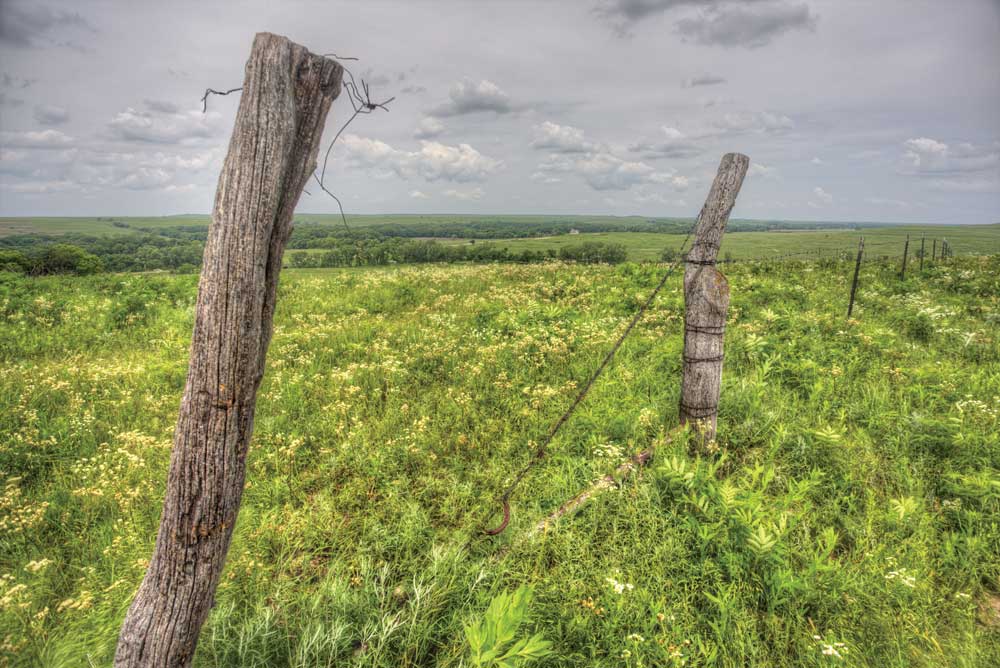With a park system that is being strangled by its maintenance backlog and operating costs, would the National Park Service, and the system, be better off if the agency outsourced entire parks?
That isn’t necessarily a ridiculous idea on its face. Already the Park Service contracts with others to manage its lodgings, restaurants, and many campgrounds, and it relies heavily on volunteers to cope with visitors. So why not go all in? Would it make a stronger, more efficient, and better managed park system if individual units were treated, say, as franchises that were independently managed?
The idea was raised last fall in Bozeman, Montana, during a three-day workshop the Property and Environment Research Center held on the next century of the National Park Service. The topic certainly is timely, as the Park Service’s centennial arrives on August 25, 2016, and, at least outwardly, more emphasis so far has been placed on how to celebrate the agency rather than what can make the agency better going forward.
Understandably, with a maintenance backlog estimated at nearly $11.5 billion, congressional appropriations relatively flat, and unwieldy concession operations, fiscal fitness should be a key aspect of any long-range planning by the agency.
From the perspective of one of the workshop’s presenters, Holly Fretwell, the Park Service appears to be an inefficient agency that likely could benefit by placing the day-to-day operation of some, if not many, of its units into the hands of the business community.
“To me, if we thought about this from some sort of economic perspective, the point of the National Park Service, the reason that you would want sort of that umbrella entity, is to lower the transaction cost of having these parks function,” Fretwell, a research fellow at PERC and an adjunct economics instructor at Montana State University, said in a follow-up interview. “If it’s not doing that, if it’s actually increasing the transaction costs, then it’s not serving its purpose. And I think at this point it might be increasing those transaction costs.”
Whether the Park Service’s staggering fiscal morass is due to managerial pitfalls or congressional underfunding has been, and will continue to be, debated. By placing some units under outside managers—franchisees could be one descriptor—not only could lead the units to become economically viable, but also help control Congress’s appetite for creating park system units that might not quite fit the mold.
Would a First State National Monument be any less if a non-profit organization ran it, much like the Mount Vernon Ladies Association runs George Washington’s home? Should $8 million to $26 million in tax dollars be spent in the coming years to fund the proposed Blackstone River Valley National Historical Park in Massachusetts and Rhode Island, or should an outside group step forward with a plan to raise those funds on its own and operate such a park under the NPS umbrella?
“Why do we have a National Park Service anyway? What is the NPS, and what is it doing for us?” questioned Fretwell. “Is it providing a great service and helping us lower the transaction costs for us to have these wonderful parks, or is it not?”
There still would be a need for a Park Service, she went on, to manage park units that don’t quite fit a business model but which we as a society still want preserved, either for their historical significance or natural resources. Units that might fit that description could include Buck Island Reef National Monument in the U.S. Virgin Islands, Mojave National Preserve in California, or St. Croix Island National Historic Site in Maine.
“I have a concern for these areas that are worthy of protection, but they can’t pay for themselves. I don’t want to cut those out and say everybody should be able to run as a franchise and everybody should be self-sufficient and everything’s fine and dandy,” Fretwell explained. “I do think that there are places worth protecting that will not be financially self-sufficient. I do think there are places for protecting that we do want people to recreate in that, sort of as a general populace, if they were privately run and managed the fees to go in there would be so high that most of us wouldn’t be able to go.”
“I guess my big goal is to try to say how can we manage for those that can be better managed as a private sector or as public entity with sort of this franchise idea, because I don’t think it’s politically feasible or even politically appropriate at this time to say privatize them. I think that just turns too many people off. We’re not going to get anywhere that way.” While she sees possibilities for creating “franchises,” if you will, Fretwell also believes prospective units of the park system could be better evaluated than they currently are if they had a groundswell of support and also met a currently undefined set of standards or parameters for being a “national park.”
Would the National Park System be better off if individual units were treated as independently managed franchises?
“If there’s a big enough group that says we really should be protecting this because it’s a wonderful recreation area and we don’t want it to be developed, in that sense then we should be able to make it reasonably self-sufficient and then by golly let’s create a business plan,” she said. “The way that you get into the National Park System now is you create a business plan and you figure out how you’re going to manage this, and you apply for a franchise.”
That approach already can be seen, to a certain extent, across the country. The Nature Conservancy manages many of its own properties, and even owns the majority (nearly 11,000 acres) of the Tallgrass Prairie National Preserve in Kansas and co-manages it with the Park Service. The Audubon Society owns and runs the Wellfleet Bay Wildlife Sanctuary on Cape Cod. These non-profits have developed successful business plans to operate lands that would seem natural additions to the National Park System.
“If it really is worthy to be there, then people need to see its worthiness and its value for the long-term period, and you need to be able to generate revenues for it to cover the costs for the long term,” said Fretwell.
While the “national park” cachet is potent and has led to efforts to rebrand units of the park system as “national parks,” Fretwell doesn’t fear that a unit operated by a business rather than the National Park Service would lose its drawing appeal.
“In my mind, it’s still going to be a national park. It’s under the National Park Service, and if you’ve gotten that franchise then you’ve said, ‘I am worthy and this area is worthy of National Park System status,’” she said.
“Is it (the NPS) helping us, helping the parks be more functional today, or is it making them more costly? I don’t have an answer to that, it’s sort of a rhetorical question. But I think it needs to be addressed.”
This article originally appeared at the National Parks Traveler.
Update: Fretwell’s paper is now available as part of the George Wright Forum‘s National Park Service Centennial Essay Series: “The NPS Franchise: A Better Way to Protect Our Heritage”





